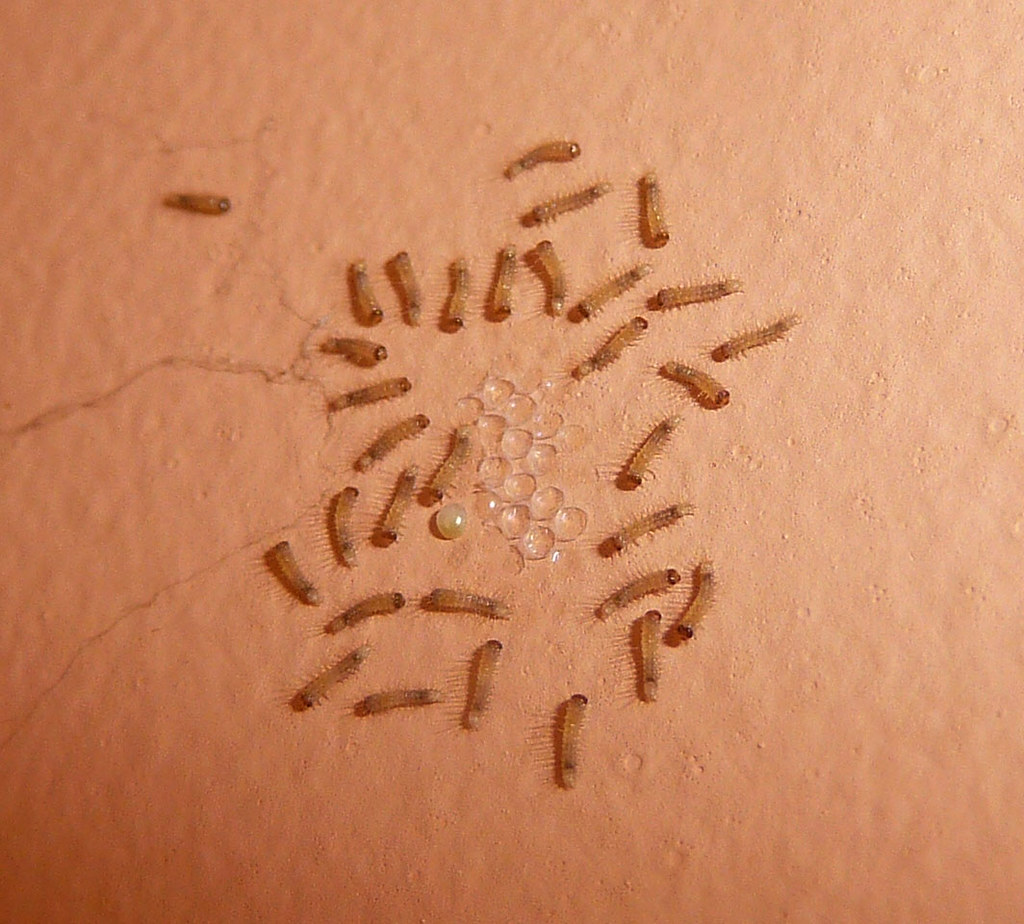Beetles are among the most diverse group of insects on the planet, with thousands of species found in nearly every habitat. When we think of beetles, we often picture the hard-shelled, winged adults. However, the early stages of a beetle’s life are just as fascinating. In this article, we will explore what a baby beetle looks like, what it is called, and some interesting facts about its development.

 Myths and Facts About Baby Beetle
Myths and Facts About Baby Beetle
What Is a Baby Beetle Called?
Before diving into what a baby beetle looks like, it’s essential to understand what a baby beetle is called. A baby beetle is known as a larva. The larval stage is the first stage of a beetle’s life after it hatches from an egg. During this stage, the beetle undergoes significant growth and development before transitioning into the pupal stage and eventually emerging as an adult beetle.
Appearance of a Baby Beetle
The appearance of a baby beetle varies widely depending on the species, but there are some common characteristics that most larvae share. Beetle larvae are typically elongated, worm-like creatures with soft bodies. Unlike the hard exoskeletons of adult beetles, larvae have a more flexible, segmented body that allows them to move easily through soil, wood, or other environments they inhabit. The color of beetle larvae can range from white to yellowish or light brown. They often have small, distinct heads equipped with strong jaws, which they use to chew through their food. Some larvae, especially those of predatory beetles, may have visible mandibles for grasping prey. The legs of a beetle larva are usually short and stubby, located near the head, and are used primarily for crawling rather than walking. One common misconception is that beetle larvae resemble their adult forms. In reality, the larval stage looks completely different from the adult beetle. This stage is primarily focused on feeding and growing, which is why larvae are often found in places rich in food, such as decaying wood, soil, or stored food products.Importance of Baby Beetle
Beetle larvae play a crucial role in their ecosystems, often contributing to the decomposition of organic matter. For example, larvae of dung beetles feed on animal feces, helping to recycle nutrients back into the soil. Other species, like the larvae of wood-boring beetles, live inside trees or wooden structures, where they feed on wood and help in breaking it down. The environment where a beetle larva develops depends largely on its species. Some beetle larvae are found in the soil, where they feed on plant roots or decaying matter. Others might be found in water, where they prey on smaller aquatic organisms. For example, the larvae of the famous ladybug, a type of beetle, are usually found on plants where they can feast on aphids and other pests. As they grow, beetle larvae shed their skin several times, a process known as molting. Each time they molt, they increase in size until they are ready to enter the pupal stage. During this stage, the larva undergoes metamorphosis, eventually emerging as a fully formed adult beetle. Myths and Facts About Baby Beetle
Myths and Facts About Baby Beetle
| Myth | Fact |
| Beetle larvae look like small versions of adult beetles. | Beetle larvae look completely different from adults, often resembling worms or grubs. |
| All beetle larvae are harmful to crops. | While some beetle larvae can damage crops, others are beneficial, helping to decompose organic matter or control pests. |
| Beetle larvae are only found in soil. | Beetle larvae can be found in various habitats, including soil, wood, water, and even inside animal carcasses. |
| Beetle larvae do not have legs. | Most beetle larvae have small, stubby legs near their heads that they use for crawling. |
| All beetle larvae are the same. | Beetle larvae vary widely in appearance and behavior depending on the species. |




